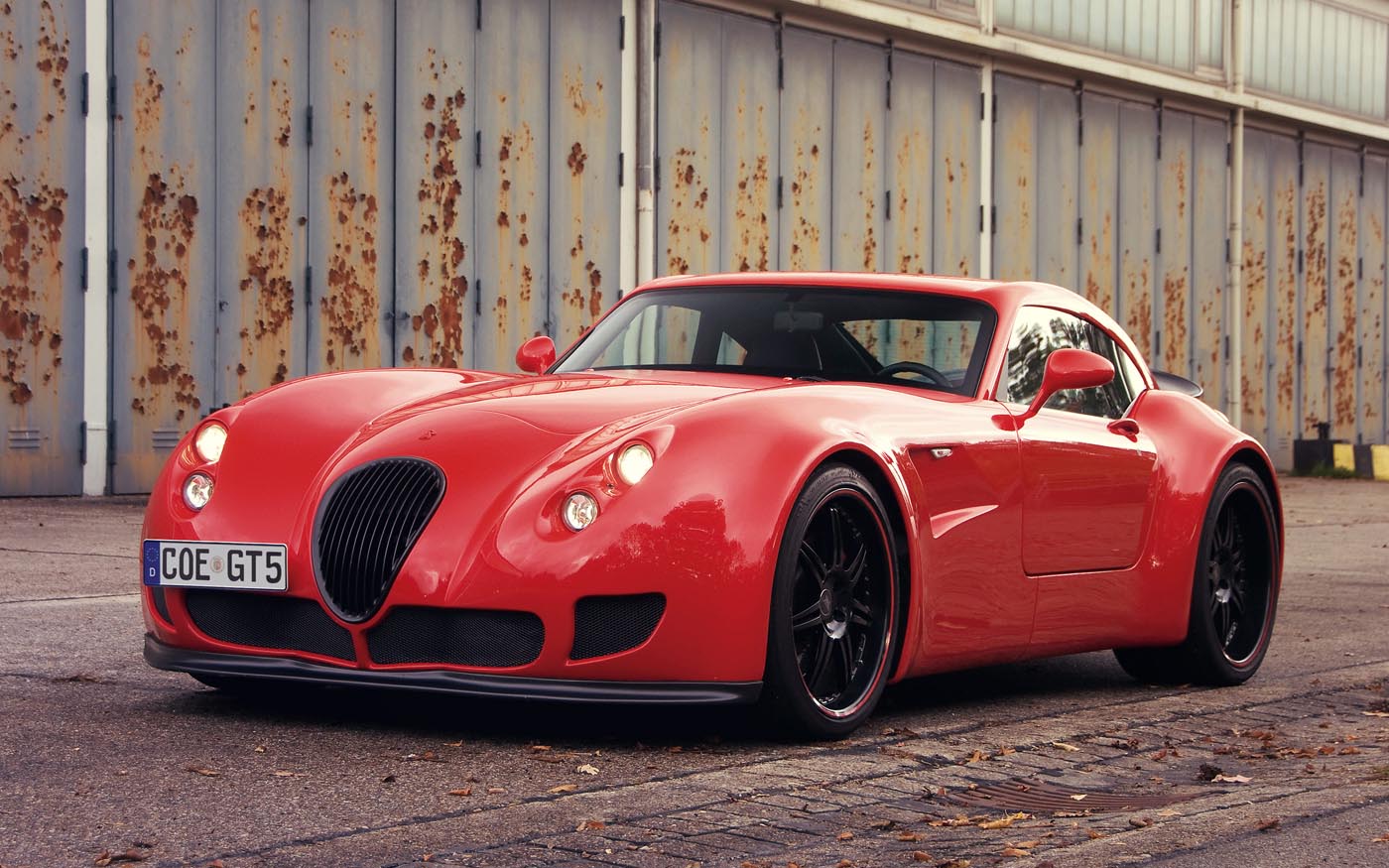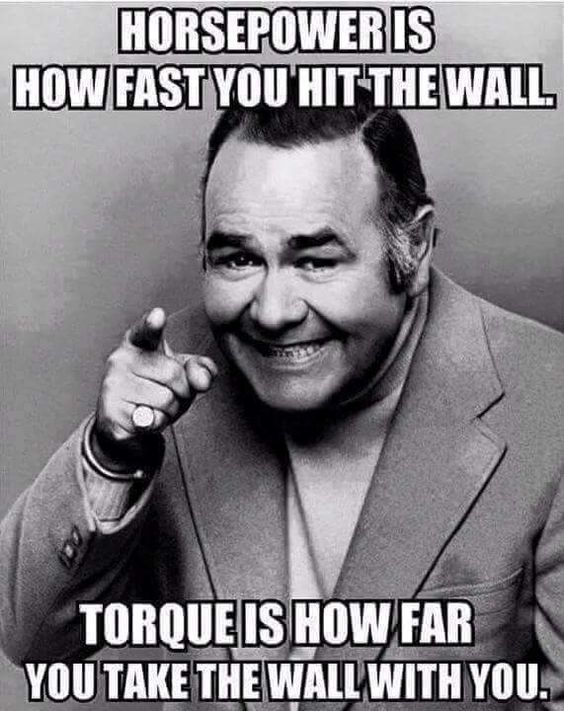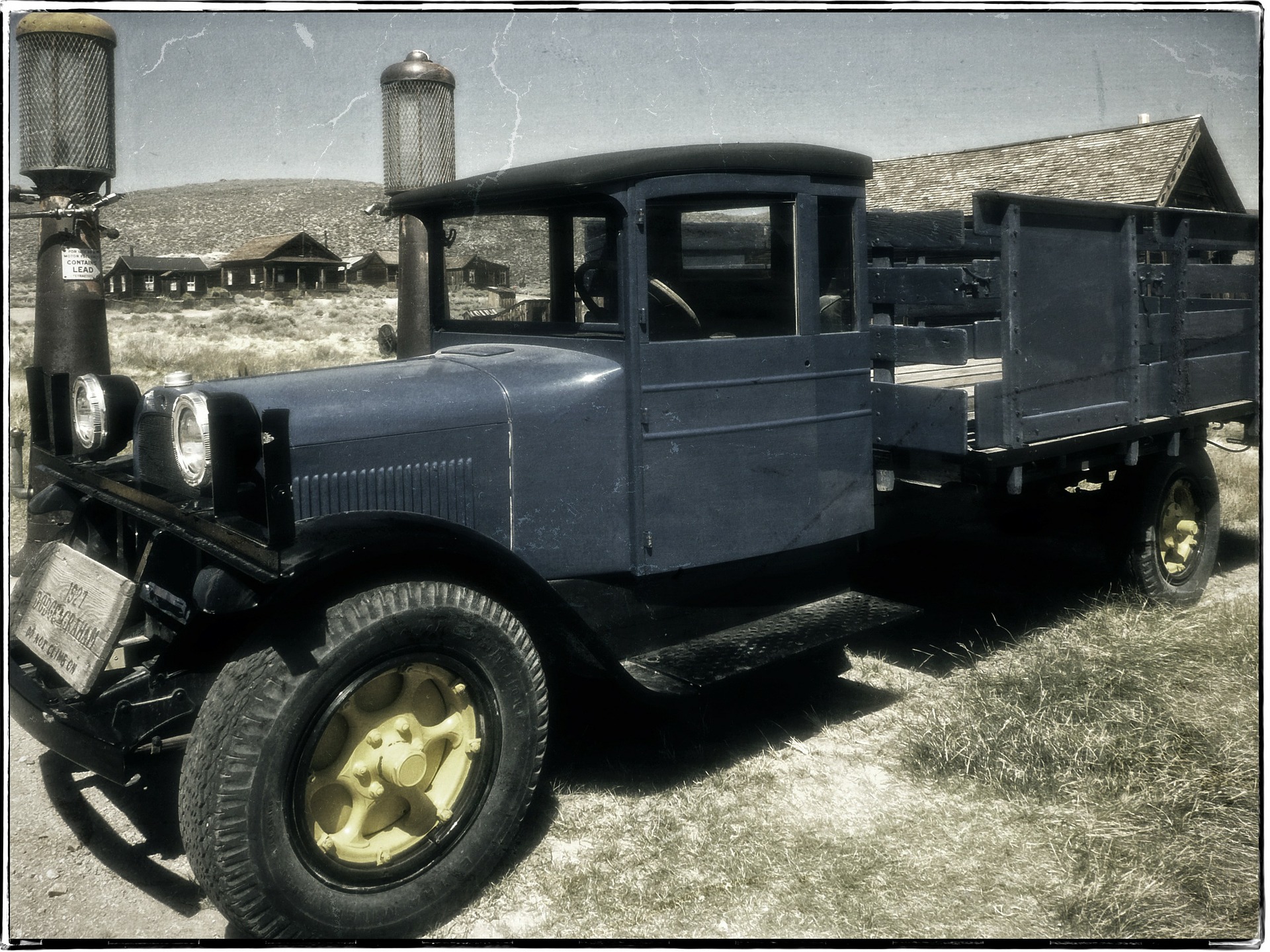
(This is the 1st in a series on small, rare, or unheard of vehicle manufacturers around the world. We will be covering major manufacturers also, but with familiar household names we will look for things you might not know. For now, enjoy this post about German automakers you’ve probably never heard of. As always, if you know something we missed please post a comment.)
Germany
Everyone has heard of the big vehicle manufacturers like BMW, Mercedes Benz, VW, Audi, Porsche. All have earned a reputation for exceptional quality. It would be fair to say, if price is your only motivator, don’t start your shopping at the German auto lot. Some of you are probably even familiar with Opal. Here are a few we bet you haven’t heard of.
Alpina

As with many of the car companies we’ll cover, Alpina doesn’t manufacture a line of vehicles so much as they customize and improve upon the work of other car makers. In the case of Alpina, their car of choice is BMW.
Born in 1965, they operated completely independently for roughly five years. After taking the 1970’s off, Alpina came back with a more formal relationship to Bavaria motors–their mission; modernize BMW cars. Unlike an independent car tuner, or customizer, Alpina upgrades intereriors and engines of BMW cars.
Gumpert

Again, we’re taking the widest possible definition of auto-maker for this series. The Story of Gumpert (Gumpert Sportwagenmanufaktur) is the story of Roland Gumpert, formerly of Audi Sport.
They were founded in 2004 in Altenburg Germany, when Roland worked with the Munich technical university and Ingolstadt university of applied sciences to create a full-size Apollo model. There are currently two models of the vehicle and the company is headquartered in Denkendorf, Germany, employing roughly 45 people.
This company exists because of Project “Apollo.” Gumperts vision was a street legal car that could hold its own on a racetrack. When the first full sized prototype was tested, drivers raved about it. In series 11 of Top Gear the Apollo set a track record that would stand for three years.

Mansory
Mansory is a more traditional car tuning company. What makes them unique isn’t that they work on high end vehicles, so much as that they can take the vehicle in whatever direction the owner desires. Want a more luxurious luxury car? Sure thing. Want a more off-road-worthy 4×4? Can do. Want a faster sports car? They do that too. When you bought a car that’s already a limited edition, Masonry is who you call to take it from 1 in 100 to 1 of a kind.
Founded in 1989, with the motto “Discover the Mansory Possibilities,” they’ve been offering complete conversion ever since.
Smart
On the complete other side of the spectrum…founded in 1994 as a joint venture between automaker Daimler-Benz and Swiss watchmaker Swatch. While swatch ultimately left the project, it continued under the subsidiary Daimler Ag. The idea is a micro commuter car that is fuel efficient, easy to park, but doesn’t skimp on quality.
The newest Smart Cars are EV’s of course. Shopping for a Smart car feels more like ordering take out than car shopping, but it has a certain market appeal. Their website simply says, what color, and where do you want it?
Maybach
The story of Maybach is almost sad, recently. Established in 1909 as a custom car maker, the company had a long tradition of making custom performance vehicles. Industry giant, Daimler, bought the brand in 1960 and did nothing significant with it until 2002 when they restarted production. Then in 2012 they shut the brand down again, only to bring them back a year later producing what’s essentially an exclusive type of Merc S-series.

You can see from the picture what Daimler calls a “minimized technoid look.” As for performance and innovation, they don’t brag about it as much as the look. Don’t get us wrong if you want to give us a chance to test drive one, we’ll gladly take you up on it.
Wisemann
Established in 1988, Wisemann went from making custom hardtops for convertibles to making convertibles–two roadsters and two coupes (MF 3/MF 30 & MF 4/MF 5). The company logo is a gecko, as these cars stick to the ground the way a gecko sticks to the walls. Wisemann makes about 50 bespoke cars a year, which marry British style with German Engineering for an iconic result. See for yourself…

Most exciting is Project Gecko, which will be unveiled later this year, 2022.
Lesser-known Makers…(I know right?)
Trabant
Trabant means Satellite (roughly) which is what inspired by the Russian Satellite in 1957. Remember Germany used to be split East and West. Trabant is an example of an East German economy car–called a minicar at the time. Details are spars but if you know more than we do, please share.
Wartburg
Wartburg is another company born in East Germany during the time the wall divided Germany. It actually got it’s start a year before Trabant, in 1956. While they produced cars until 1991 after the 1980’s their cars were not keeping up with modern equivalents from the west. Still their cars have a reputation for being reliable and durable.
Okay, you’ve really never heard of these…
Here’s some honorable mentions we can’t leave without at least letting you know about them. Again, if you have more info, please fill us in. At the Kicker, we love to nerd out on this stuff.
- Bitter (1971) Premium-luxury models
- Isdera, also Ingenieurbüro für Styling (1983) hand-built high-performance
- Keinath makes convertible variants of the Opel Monza and Opel Ascona
- Apal (since 1999)
- CityEl (since 1987)
- Hartge (since 1985)
- Jetcar (since 2000)
- Lotec (since 1981)
- Melkus (since 1969)
- Pegasus (since 1995)
- Ruf Automobile (since 1982)
- Yes! (1999)
Stay tuned for Rare German Automakers Part B where we’ll dive into these really rare auto makers.






